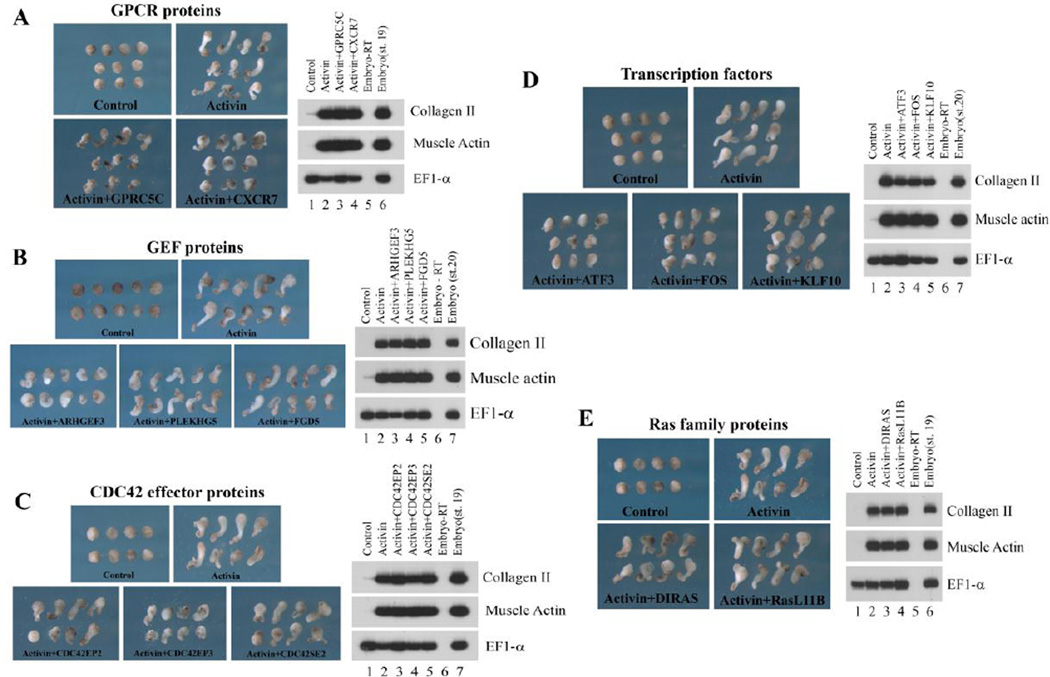Figure 3. Distinct activities of the differentially expressed genes to block activin-induced animal cap elongation.
RNAs encoding the RNA-seq clones and activin were co-injected into the animal region of 2-cell stage embryos. Animal caps were dissected at blastula stages and cultured to late neurula stages. A) Two GPRC proteins with the highest expression levels in the DMZ, GPRC5C and CXCR7, reduced activin-induced animal cap elongation without interfering with the mesodermal induction by activin. B) The DMZ-enriched GEF, ARHGEF3, efficiently blocked animal cap elongation; but the organizer-enriched GEF, PLEKHG5, or RhoGEF expressed in the DMZ and VMZ, FGD5, could not do so. C) CDC42EP3, which was expressed at high levels in both the organizer and the DMZ, blocked activin-induced animal cap elongation more efficiently than CDC42EP2, a gene enriched in the organizer. D) The transcription factors ATF3 and FOS both reduced the elongation of the animal caps, but KLF10 was ineffective in doing so. E) The ventrally-enriched Ras family proteins, DIRAS and RasL11B, did not block activin-induced animal cap elongation. The doses of RNA used: activin, 2pg; RNA-seq clones, 0.25-1ng.

